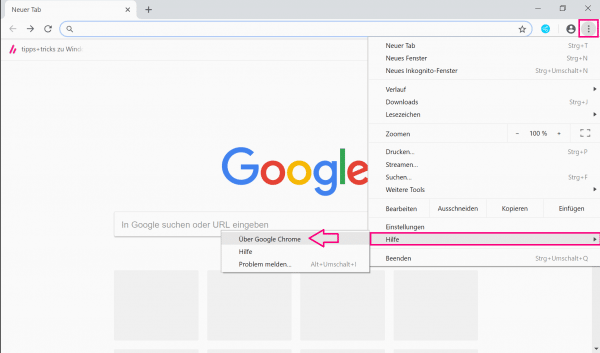

However, it was disclosed in June that the mode has been detectable by websites “for years” due to a FileSystem API implementation, according to Google Chrome developer Paul Irish. Google’s Chrome 76 has also addressed a recently discovered way that websites can detect if users are utilizing its “Incognito Mode,” a feature that is supposed to make browsing history, sessions and cookies private from others. Microsoft for its part said it will disable Flash by default in Microsoft Edge and Internet Explorer in mid-to-late 2019, and would fully remove Flash from all Windows versions in 2020. The end-of-life announcement caused browsers to turn off Flash Player default support: Mozilla also announced it will kill default support for Adobe Flash in Firefox 69 (to be released Sept. Flash is known to be a favorite target for cyberattacks, particularly for exploit kits, zero-day attacks and phishing schemes. Google is only the latest to take steps in pulling the plug on Flash support, following Adobe’s announcement in July 2017 that it will no longer update or distribute Flash Player as of the end of 2020. “Users can manually switch to ‘ask first before running Flash,’ without impacting policy settings that you set for Flash.”

“In Chrome 76 and later, Flash Player is turned off by default,” according to Google. The plans fit into Google’s previously announced road map, which has a goal of ultimately killing off Adobe Flash support in December 2020. Though plans to deprecate Adobe Flash in Chrome have been brewing for years, Chrome 76 takes an official first step in turning off Flash Player by default, though users can still manually turn it on in their settings. Google has launched the latest iteration of the Chrome browser for Windows, Mac and Linux, which blocks Adobe Flash Player default support and comes with more than 40 security fixes.


 0 kommentar(er)
0 kommentar(er)
